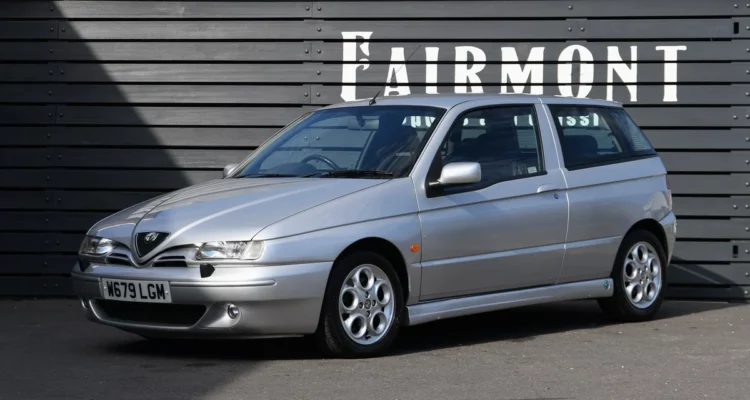The Ford Puma – The Time is Now
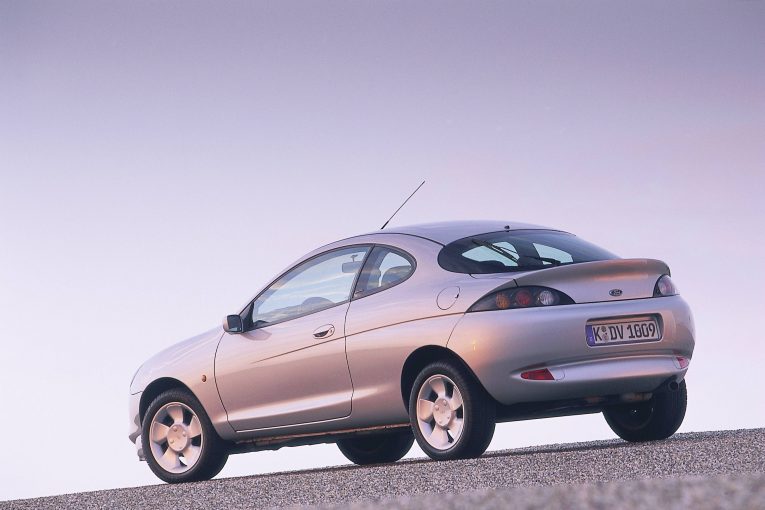
There is something utterly joyful about slipping behind the wheel of a car that is unexpectedly brilliant. For many motoring journalists back in the late ‘90s, that sense of joy was in abundance. It was a given that the Ford Puma would be good, because Ford is, after all, brilliant at making hot hatches. However, nobody was expecting it to be quite so brilliant. It was nimble, it was direct, it was proper ‘feel it through the seat of your pants’ driving. It was a go kart for the road. It was, and still is, pure driving joy.
And there’s a lot to be said for that kind of pure, undiluted driving experience. The Puma is the sort of car you take out for a drive because you want to go for a drive, not because you need to go somewhere. It’s a car to put a smile on your face, and one that reminds you why you like driving. Have one of these as your daily driver, and you’ll never be bored on the commute again. You might even make the commute longer, and with more interesting roads, just to get more time behind the wheel. It’s remarkable really, considering that in essence, the Puma is nothing but a Fiesta in a sporty outfit.
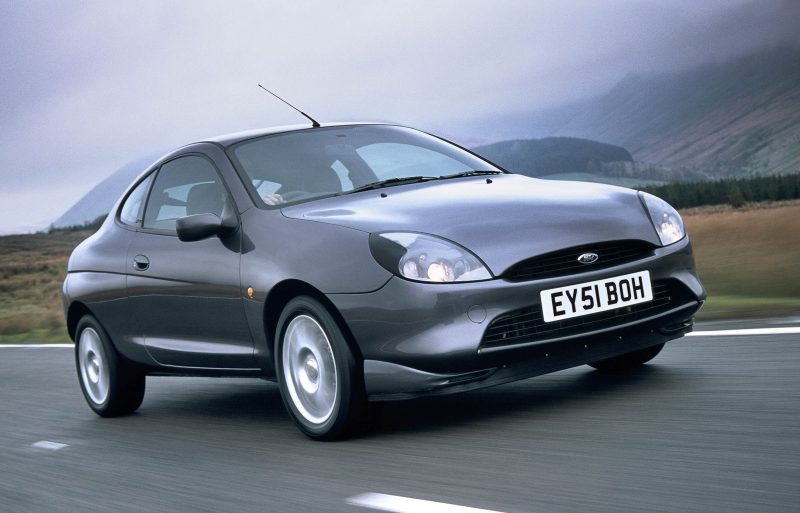
The ultimate Puma would be the Racing version, which featured more power, wider alumina front and rear wings, Alcon racing brakes, 17-inch alloys and a more than generous splash of Sparco trim. It was and still is the ultimate Puma, but alas, prices have skyrocketed for the little blue B-road warrior, with tidy cars being north of £12,000. This is what happens when you have a car that everyone wants, but not everyone can have. Ford only built 500 Racing Pumas.
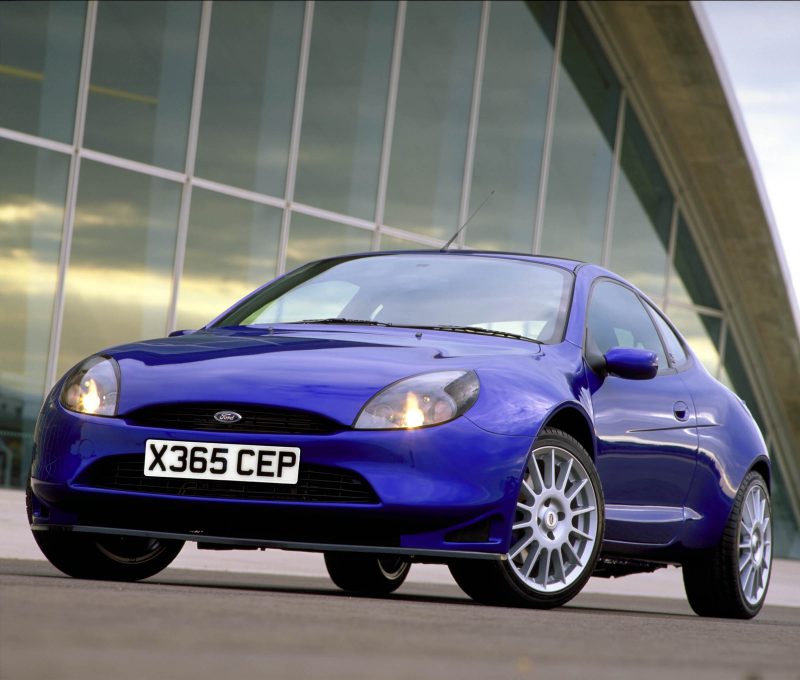
An introduction to the Ford Puma
The Puma harks from a time when Ford still knew how to have fun. It had the Fiesta, the new Focus was waiting in the wings, the Mondeo was on its second-generation was a decent bit of kit. Yep, Ford had all the bases covered. Well, all but one. You see, Ford had nothing sporty, nothing that was built purely for fun. That needed to change, so designers were sent to their drawing boards and a plan was hatched. That plan was the small but brilliant Puma.
Ford based the Puma on the platform of the fourth-generation Fiesta, which made sense as it was a car lauded for being fun and engaging to drive. However, don’t think the Puma is just a re-bodied Fiesta. It shared the floorpan, yes, and the dash, but that was about it. The suspension was heavily re-worked to be more fluid and responsive, the track was widened front and back, thicker anti-roll bars were fitted, and the Puma would roll on 195/50 R15 rubber. Ford spent a lot of money on the Puma, but more importantly, it spent a lot of time on it. Richard parry-jones was drafted in to work on the handling and dynamics of the Puma to ensure it handled as well as it possibly could. Ford wanted the Puma to offer a drive befitting of the brave, striking exterior design care of Chris Svensson. The same man who designed the iconic Ka, as well as the current Ford GT before sadly passing away in 2018.
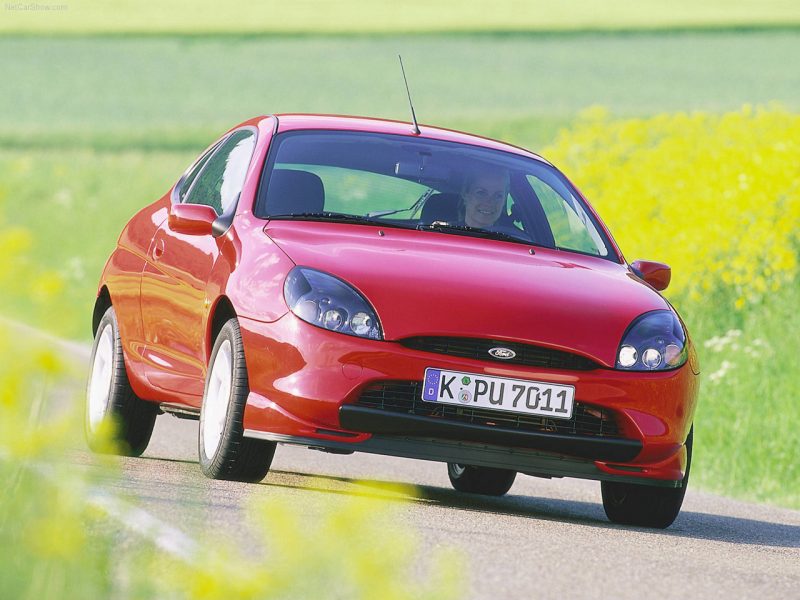
If you’re looking at buying a Puma, the one to have is the 1.7. This Yamaha-developed engine boasted 123bhp and 116lb ft, which might not sound much, but remember the Puma is tiny and only weighs a mere 1,041kg. This, mated to the ib5 five-speed manual transmission (the only one available in the Puma), made for a heavenly mix.
There was a 1.4, but with just 88bhp it’s not great, and nor is the 1.6 with 102bhp. Though today, you’ll struggle to find either, given that the 1.7 is the most sought after.
Sadly, being a Ford of the ‘90s, it had all the rust protection of a salty shipwreck. As such, a great many of them have dissolved over the years. Being sporty little numbers, a lot have been wrapped around street furniture, while others have been modified into oblivion by people who think self-adhesive chrome is a good thing. On the flip-side of all that, it does mean that the cars that survive today tend to be enthusiast owned, and as such, cared for. Though of course, cars at the cheaper end of the scale should be taken with a pinch of salt.
What are prices like?
Bargain basement at the moment. You can pick up a Puma with plenty of MOT for a grand, though that will almost certainly be a bit rough around the edges. Instead, aim for a couple of grand and you’ll be into the territory of clean, honest, un-abused examples.
If you up that budget to £2,500 – 3,000, you’re in the arena of the best of the best. Being a Ford, there are chancer out there who will be asking more for exceptional, low mileage cars. However, unless that low mileage is delivery mileage, a Puma is not currently worth anything over £3,000. £3,500 absolute tops, but the car would have to be exceptional.
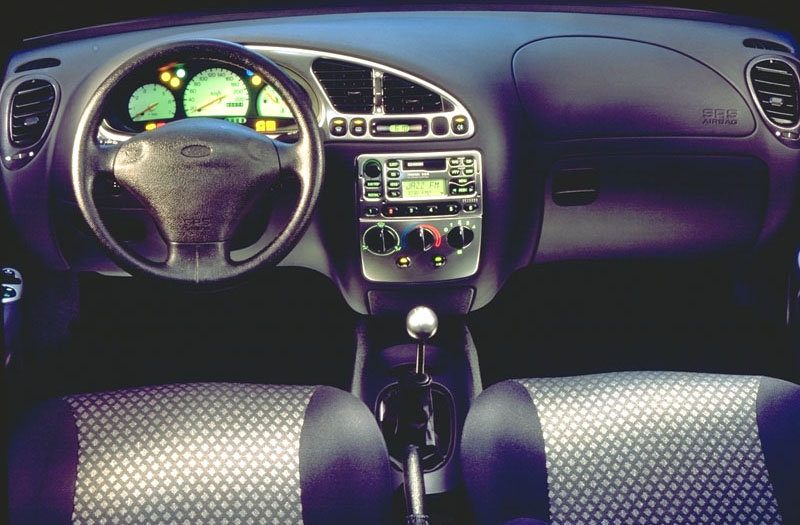
In terms of trim and spec, a normal 1.7 model will do you fine, and will have ABS, low-speed traction control, electric windows and so on. Limited editions like the Thunder or the bright yellow Millennium will offer different spec, including leather and different alloy wheels. For us though, it would be a nice, clean, 1.7 in silver and on the ‘propeller’ alloys wheels. Honestly, that’s the Puma at its best, outside of the Racing version, of course.
Why should I buy one?
They’re brilliant fun to own and drive, and they’re a looker to boot. But more than that, the Puma is a desirable and exciting Ford, and that means there is a world of enthusiasts and clubs out there that will help you get the most out of what is not a 23 year-old car. And on that note, because it’s largely Fiesta architecture underneath the skin, parts availability is excellent but it also not going to torture your wallet.
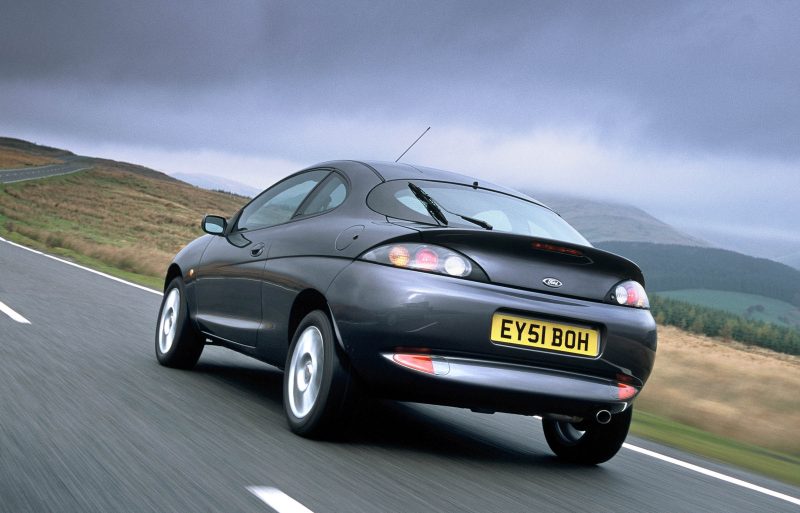
Then, because it’s a Ford, there is the aftermarket to consider. If you want to lower your Puma, or upgrade the brakes, whatever you want, you can. There’s a huge selection of aftermarket parts available to the Puma owner to push what is one of Ford’s best even further. In a past life, our Editor had one as a track car. Nice exhaust system, new suspension and brakes, sticky tyres and a re-map. All a doddle to find, and it all contributed to making the Puma an even better car.
How long until I see a return?
Fords are funny old things when it comes to increasing in value. One minute they’re just old cars, and then in a heartbeat they’re desirable old classics. The Puma is very much on the overlap at the moment, as demonstrated by the market offering plenty of sub £1,000 examples. However, there are ‘top end’ cars out there, too, so once those cheap ones dry up, the only way to get one will be to drop some serious coin. We reckon, looking at the data gathered from Car & Classic, that if you buy a good one and keep it in original fettle, you could see a return in as little as twelve months, though more realistically you should be looking at around 18 months to two years to make a decent, worthwhile profit rather than just a few quid. As of 2019, there were around 10,000 Pumas still known to exist, though half of those are declared SORN.
Ready to experience pure driving joy? Here’s where you can find a Ford Puma for sale.

